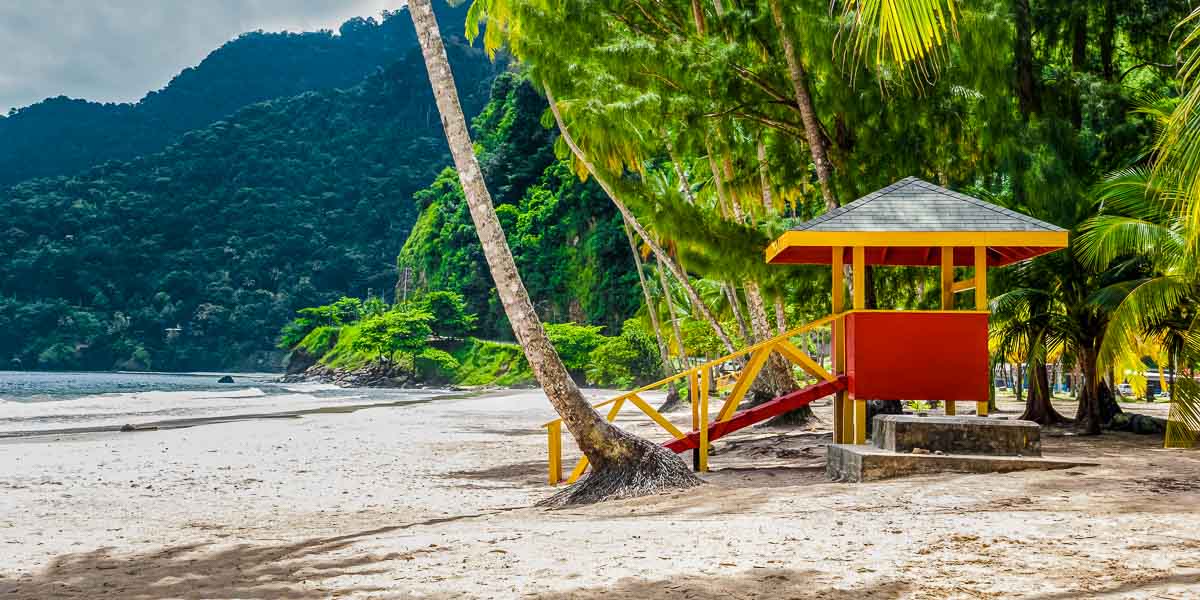Trinidad and Tobago, a dual-island nation in the Southern Caribbean, is located just north of Venezuela. The heart of Trinidad and Tobago is its Creole traditions, Calypso music, and Caribbean cuisine. The capital of Trinidad, Port of Spain, is famous around the world for its lively carnival season, which starts just after Christmas and lasts through the end of February.
The smaller island of Tobago is more well-known for its nature reserves and beautiful beaches. But both islands have stunning stretches of sand that are postcard-worthy. Some beaches are perfect for a short day trip from Port of Spain, and others are more popular for hiking, wildlife, and quiet time during a weekend getaway.
Any day of the week, you may find beachgoers taking a ride on a jet ski, snorkeling from one of the many glass-bottom boats, swimming, kite surfing, scuba diving, or enjoying “Trini” doubles and curry crab, both local favorites, at a local beach lime. Whether you are looking for an adventurous or a more laid back beach vacation, Trinidad and Tobago beaches have it all.
BEST BEACHES TRINIDAD AND TOBAGO 2023
BEST TRINIDAD AND TOBAGO BEACHES
Top 10 Destinations
TOBAGO Pigeon Point Heritage Park
BLUE FLAG
No
SURF
This beach has calm and shallow water, with channel markers to protect swimmers
FACILITIES
Lifeguard hut, toilets, craft shops, beach chair rentals
POPULAR ACTIVITIES
Beach sport, DJ/live music tent, swimming, craft shopping
RENOWNED FOR
White sand, sea life spotting, boats, restaurants
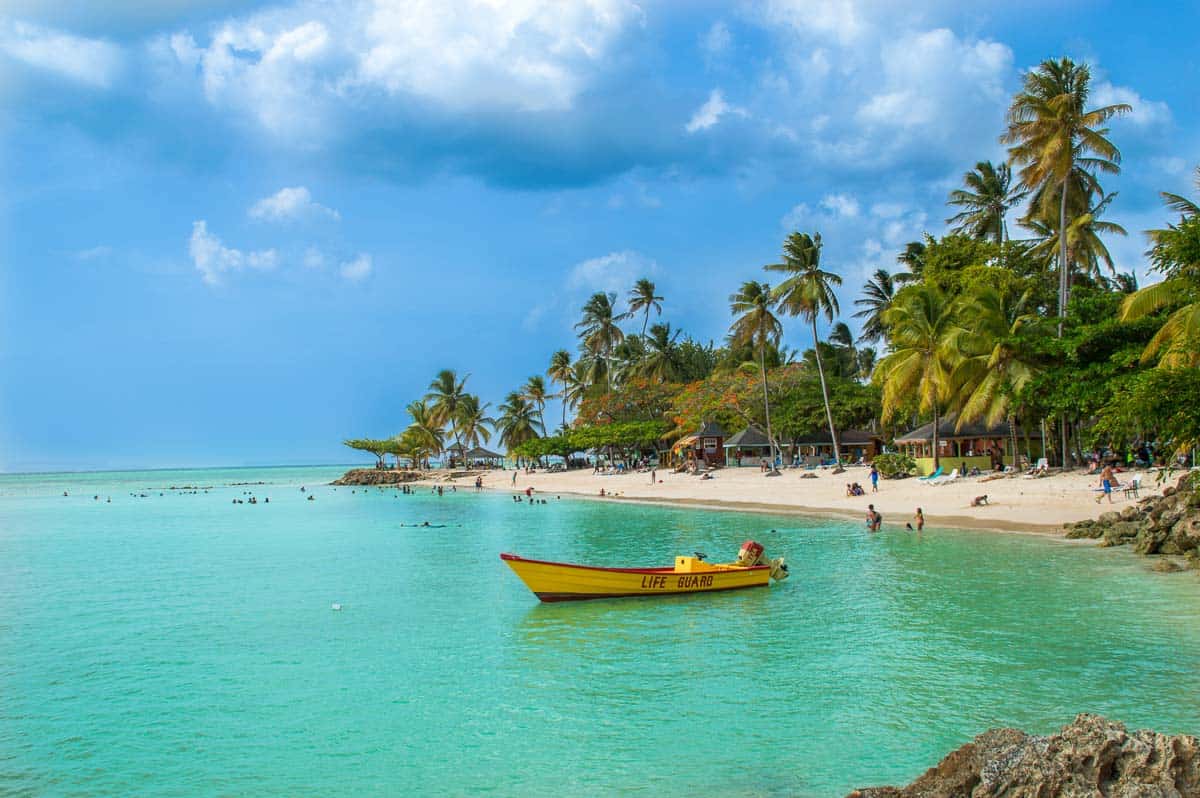
Considered one of the most beautiful best beaches in Trinidad and Tobago, Pigeon Point Heritage Park is like a picture-perfect postcard. With long stretches of white sand and clear turquoise waters, it is an excellent spot for swimming, relaxing, or photography. The beach facilities include restrooms, showers, beach chair rentals, and restaurants for dining beachside. This beach overlooks the beautiful Buccoo Reef, which is home to an abundance of marine species.
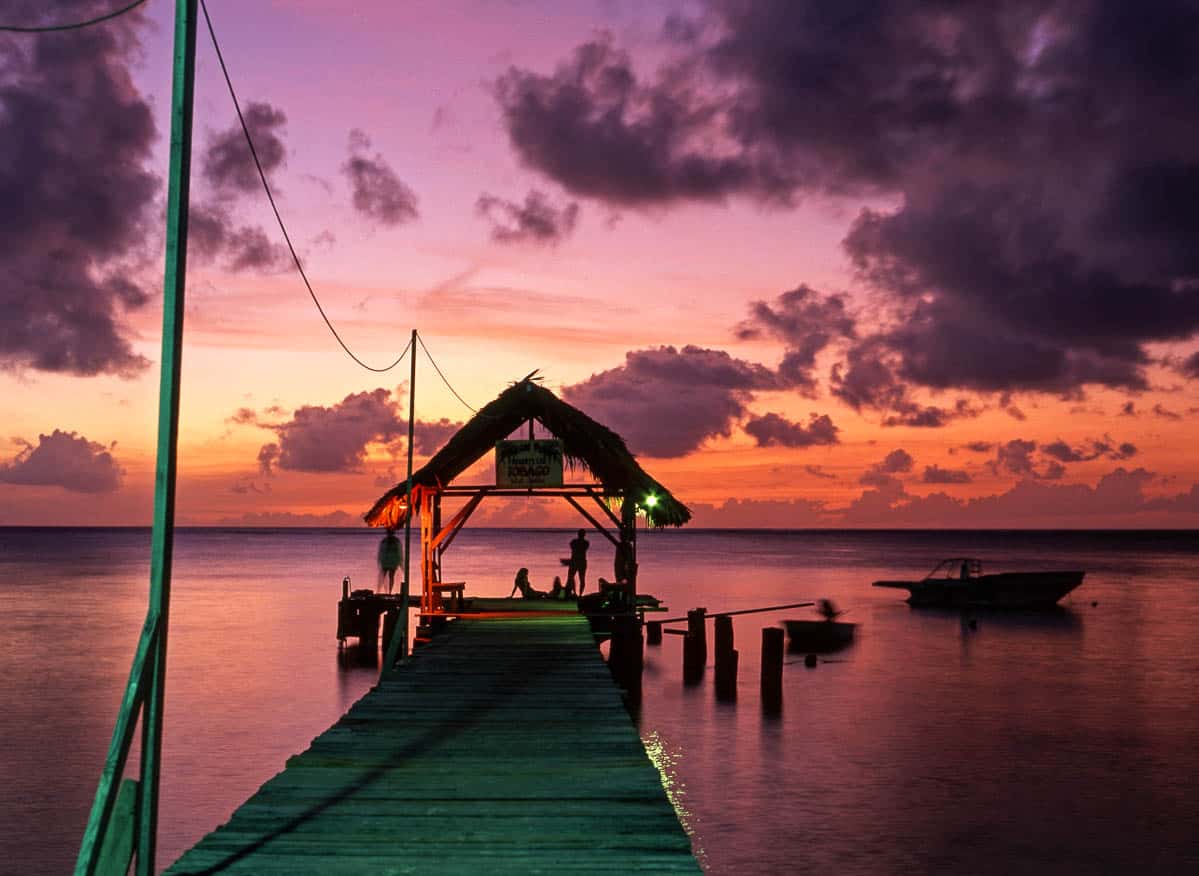
TOBAGO Parlatuvier Bay
BLUE FLAG
No
SURF
This is a sheltered beach with calm waters and small waves. Waves can be large at times
FACILITIES
Toilets, fish market
POPULAR ACTIVITIES
Swimming, snorkeling, scuba diving, cliff jumping
RENOWNED FOR
Bird watching, fishing, surfing, scenery
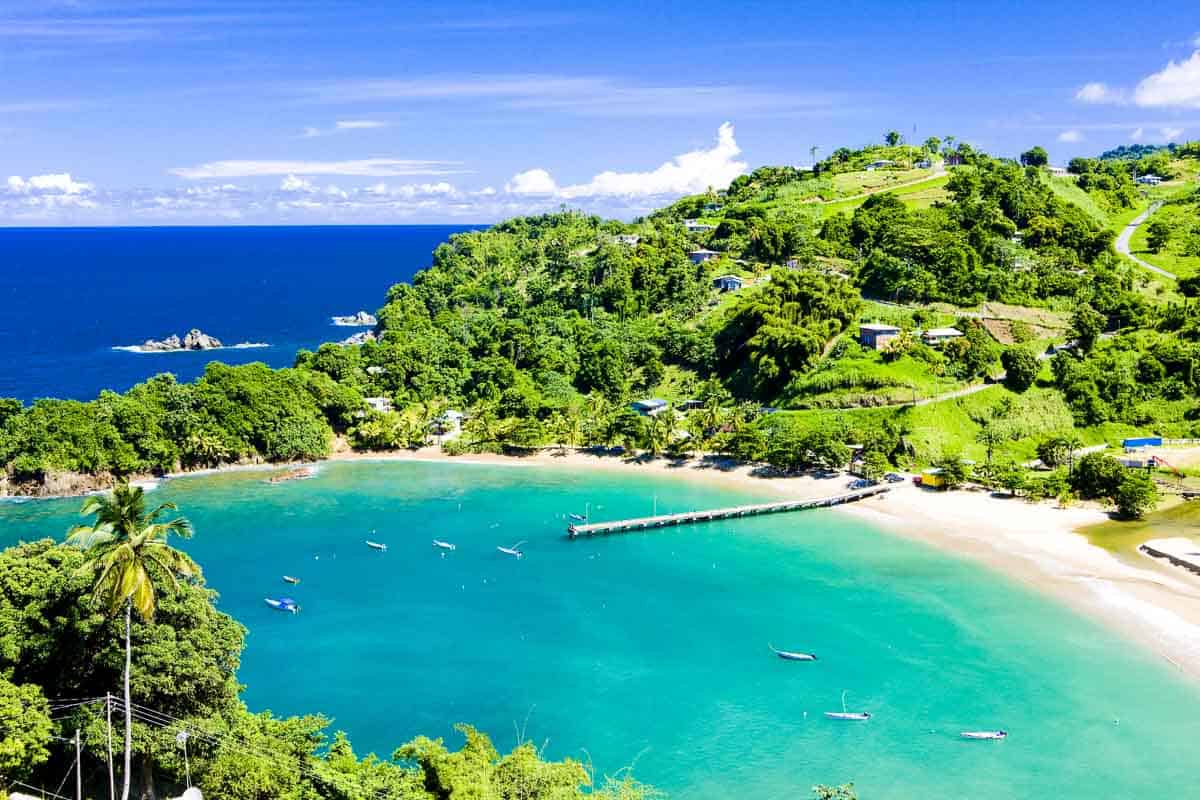
Located on the northeast coast, Tobago’s Parlatuvier Bay, known for its breathtaking views and clear blue-green waters, is a hot spot for birdwatching and swimming. Snorkelers and scuba divers will also be delighted with the sea life in this Bay. The water gets quite deep, making it perfect for jumping from the cliffs, but use caution as there are no lifeguards on duty. For the photography lover, be sure to bring a camera to capture the stunning views in this bay of the best beaches in Trinidad and Tobago.
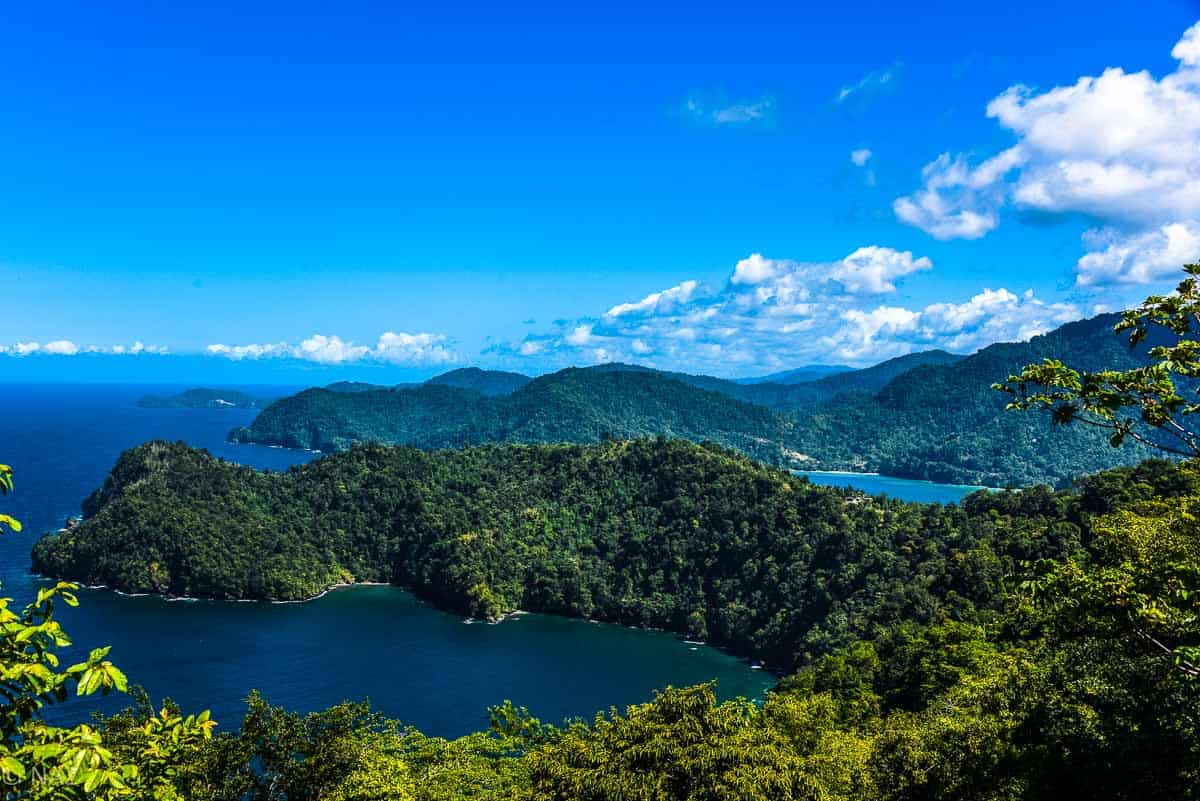
TOBAGO Englishman's Bay
BLUE FLAG
No
SURF
Secluded beach with calm deep water for swimming and snorkeling
FACILITIES
Lifeguard hut, toilets, bar, restaurant, craft shops, umbrella, and chair rental
POPULAR ACTIVITIES
Snorkeling, scuba diving, bird watching
RENOWNED FOR
Sealife spotting, scenery, restaurants
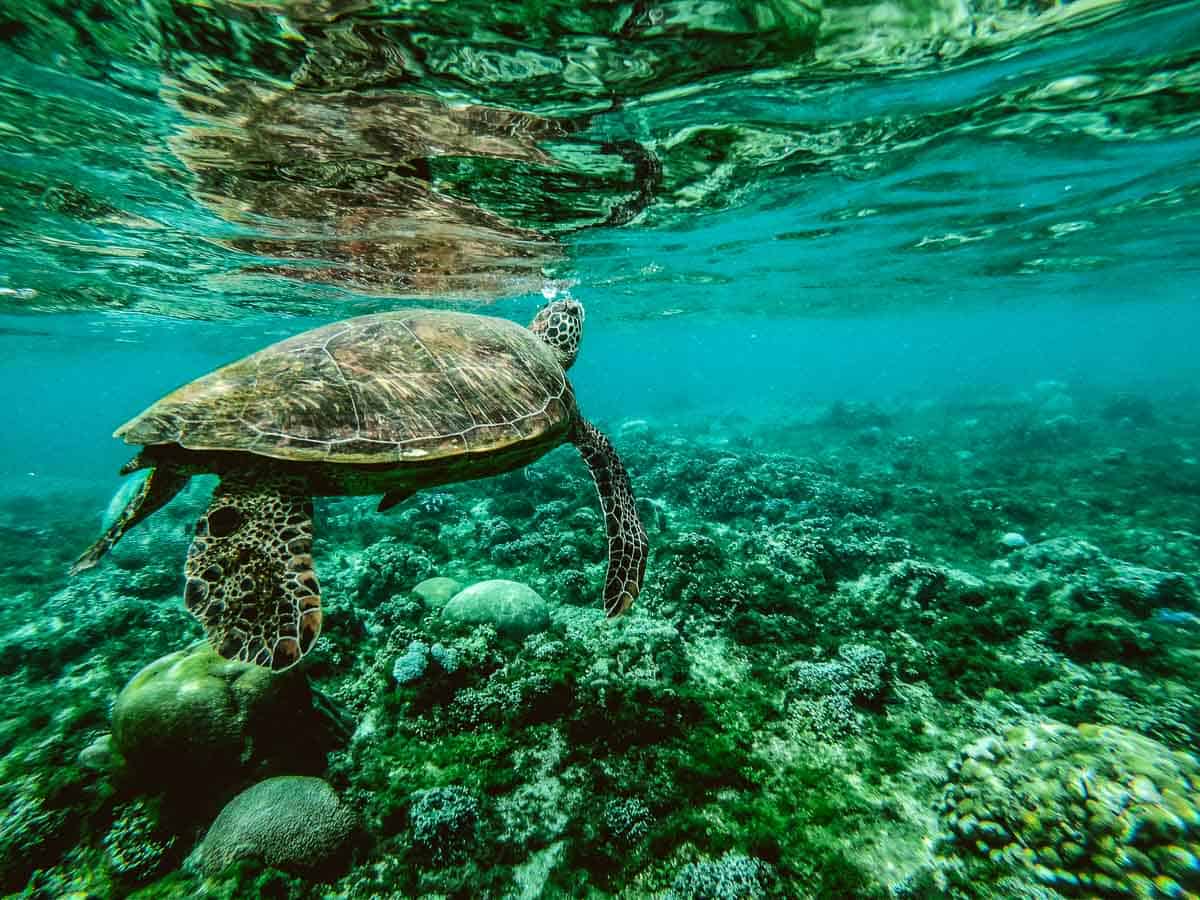
Englishman’s Bay in Tobago has been voted as one of the best beaches in Trinidad and Tobago and the Caribbean. The powdery sand stretches for a half-mile along the leeward coast of the island, and the lush vegetation keeps it hidden from the main road, making it feel somewhat remote. This bay is excellent for snorkeling, scuba diving, or relaxing in the sand. This beach also has a restaurant, bar, restrooms, and craft shopping on site. Englishman’s Bay is not one of Tobago’s most visited beaches, but it is undoubtedly one of the most beautiful.

TOBAGO Mount Irvine Bay
BLUE FLAG
No
SURF
This protected beach has calm water for swimming and snorkeling
FACILITIES
Lifeguard hut, toilets, umbrella rental, fish market
POPULAR ACTIVITIES
Kayaking, swimming, snorkeling, craft shopping, jet skis
RENOWNED FOR
Scenery, snorkeling, watersports
Located on the southeast side of Tobago, Mt. Irvine Bay is just a short walk from the public beach at Mount Irvine Beach Hotel. With full beach facilities and watersports rentals, visitors can enjoy jet skis, snorkeling, sailing a Hobie cat, or kayaking, making it a popular spot for the younger crowd. Nearby Buccoo reef, which is just offshore, is loaded with different types of sponges, coral, and marine fish species.
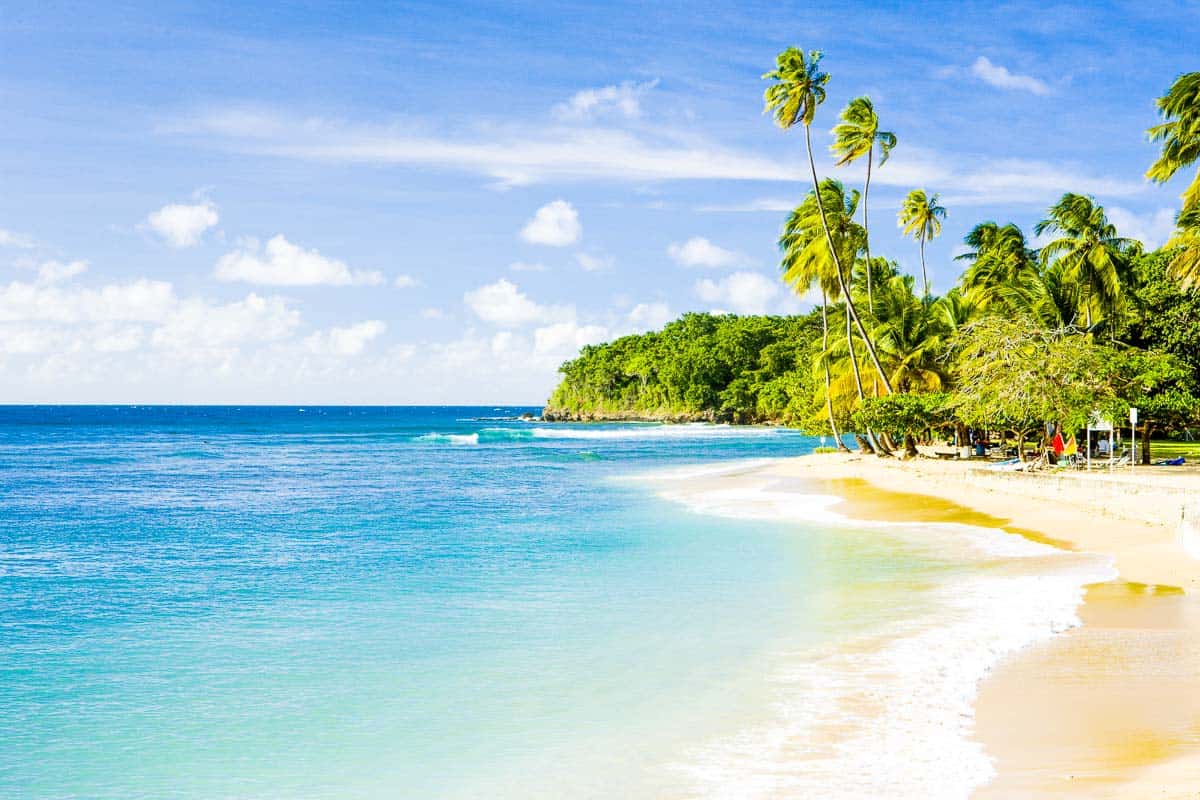
TOBAGO Pirate's Bay
BLUE FLAG
No
SURF
This protected Bay has calm, warm water for swimming and anchoring
FACILITIES
No facilities
POPULAR ACTIVITIES
Swimming, relaxing, photography, snorkeling
RENOWNED FOR
Scenery, 140+ step entrance from road, swimming
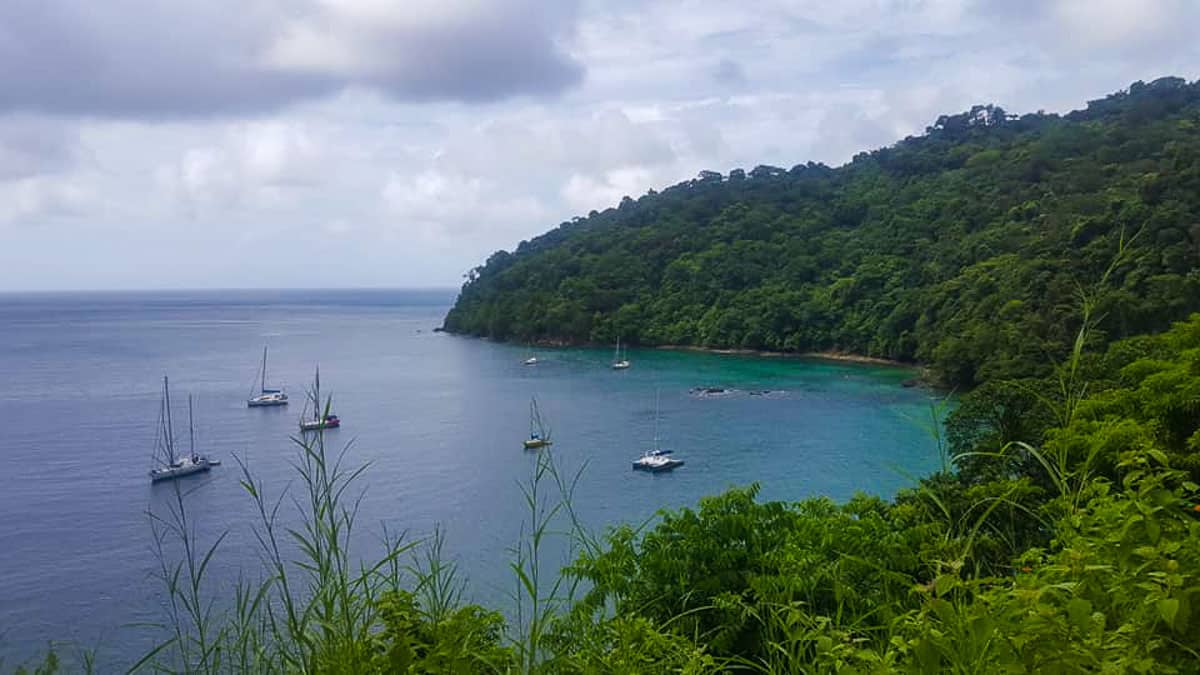
Pirate’s Bay is a hidden beach near the northeastern tip of Tobago. After traveling down a dirt road for half a mile and walking down the 140+ steps to enter the bay, beachgoers can take in the unspoiled beauty of the pink sand and calm waters. There are no facilities on this beach, but the swimming and snorkeling are excellent. Pirate’s Bay is also a popular Trinidad and Tobago beaches spot for sailors to anchor overnight.

TOBAGO Castara Beach
BLUE FLAG
No
SURF
A calm bay suitable for swimming, with small waves
FACILITIES
Toilets, craft stalls, stores
POPULAR ACTIVITIES
Swimming, seine fishing, craft shopping, nearby Castara waterfall
RENOWNED FOR
Old-fashioned dirt oven baking, seine fishing, unspoiled scenery
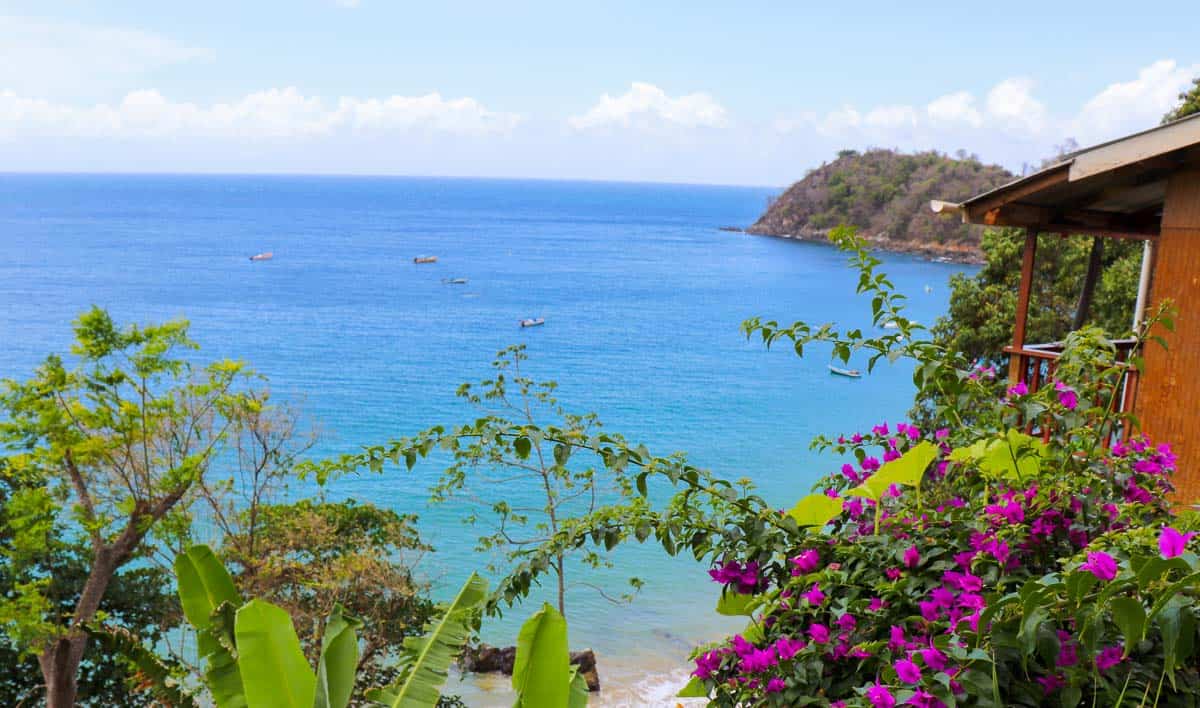
Located on the Leeward side of Tobago, Castara beach is a friendly place for local fishermen and tourists alike. The calm waters are suitable for swimming, and the soft sand makes for a pleasant walk along the beach. Beachgoers can also taste bread made in old-fashioned traditional dirt ovens or take a short trip to the Castara waterfall nearby. Located next to a small fishing village in Trinidad and Tobago beaches, visitors can also watch the fishermen bringing in their (seine) nets.
TRINIDAD Las Cuevas
BLUE FLAG
Yes (until 2017)
SURF
A calmer bay, suitable for swimming, with light to moderate waves
FACILITIES
Toilets, restaurant nearby, lifeguard hut
POPULAR ACTIVITIES
Swimming, picnics, live music, sunbathing
RENOWNED FOR
Scenery, swimming, blue flag beach
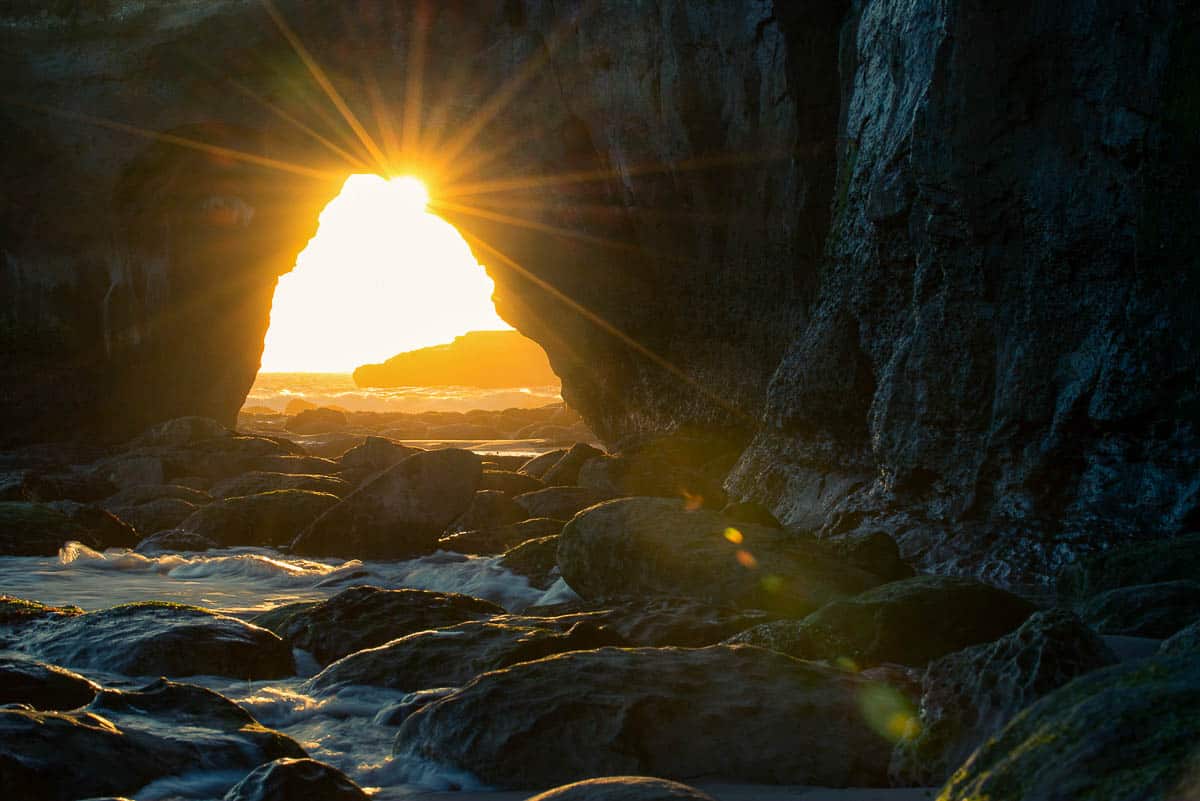
Located on the North Coast of Trinidad and Tobago beaches, Las Cuevas is the only Blue Flag beach (until 2017) in the southern English-speaking Caribbean. Las Cuevas is the second most popular beach in the northern part of the island and is a good spot for an afternoon picnic on the beach. A restaurant is also located near the car park, and there are toilets and changing facilities. The waves are calmer in this area, making it an excellent spot for swimmers and sunbathers. If you are not up for sunbathing, shaded caves line the beach.
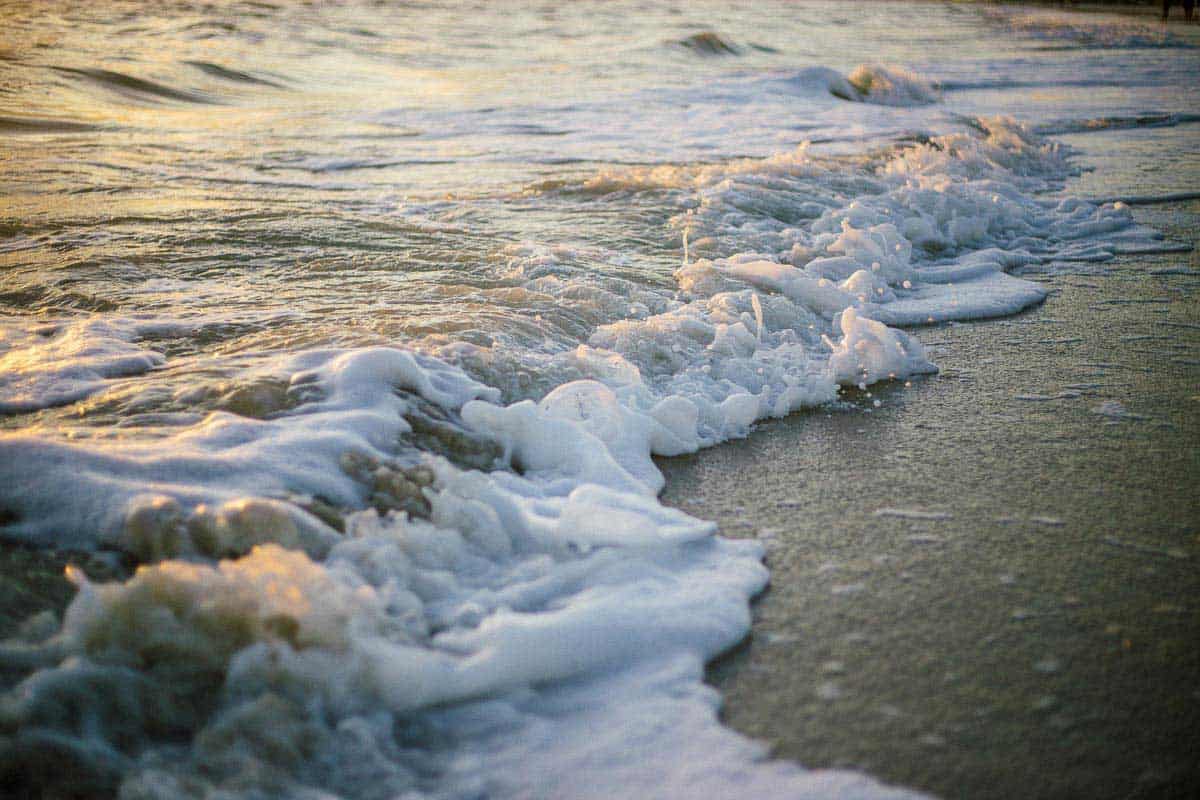
TRINIDAD Maracas Bay
BLUE FLAG
Yes (until 2017)
SURF
Larger waves, around 3 feet (1 meter) on average. Swimming is possible but exercise caution
FACILITIES
Lifeguard hut, toilets, umbrella rental
POPULAR ACTIVITIES
Surfing, body surfing, DJ/live music tent, picnics, swimming
RENOWNED FOR
Surfing, bodyboarding, local shark and bake
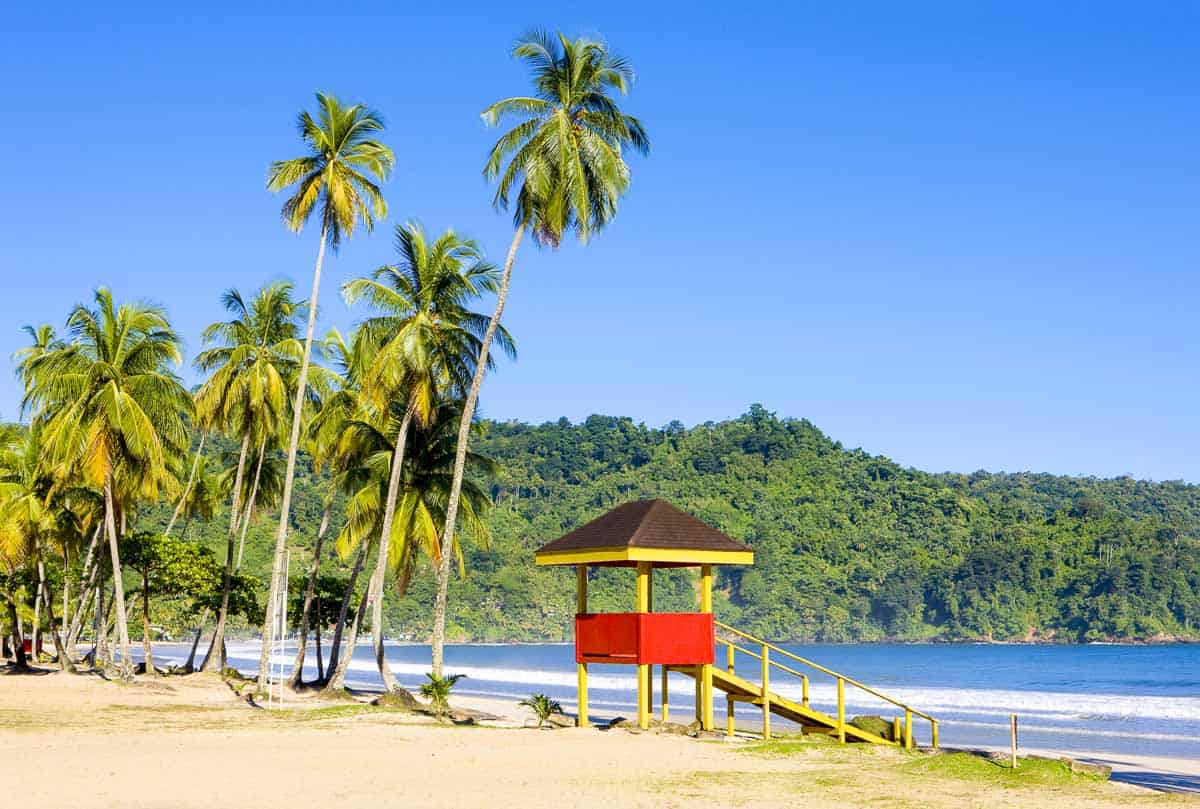
The most popular Port of Spain Trinidad and Tobago beaches, Maracas Bay, is located on the North Coast Road. Music and an island breeze fill the air of this 1.25 mile stretch of sandy beach. The waves are some of the best Trinidad surfing spots for local or visiting surfers and bodysurfing enthusiasts. Maracas Beach Trinidad is a hot spot for the local street food called “shark and bake,” or beachgoers can bring their own cooler for a Sunday picnic.
TRINIDAD Macqueripe Beach
BLUE FLAG
No
SURF
Small waves and calm waters suitable for swimming and snorkeling
FACILITIES
Lifeguard hut, toilets
POPULAR ACTIVITIES
Snorkeling, scuba diving, swimming, sunbathing, hiking trails
RENOWNED FOR
Sealife spotting, scenery, scuba diving

Once used as an American submarine station during World War II, Macqueripe Beach Trinidad, located in Chaguaramas, is a popular sunbathing and swimming spot for locals. The beach is small, so there is little room to put down a towel, but the views of the cliffs above make up for it. On a clear day, you can even see Venezuela in the distance. After a nice swim, visitors can also visit the hiking trails in the mountains around the Bay. Or take a ride on the recently added ziplines overhead.
TRINIDAD Paria Bay
BLUE FLAG
No
SURF
Moderate waves not ideal for swimming except at the eastern end where the river meets the sea
FACILITIES
No facilities
POPULAR ACTIVITIES
Hiking, camping, waterfall swimming, turtle watching, photography
RENOWNED FOR
Ocean kayaking, sea turtle nesting, hiking, nearby waterfalls
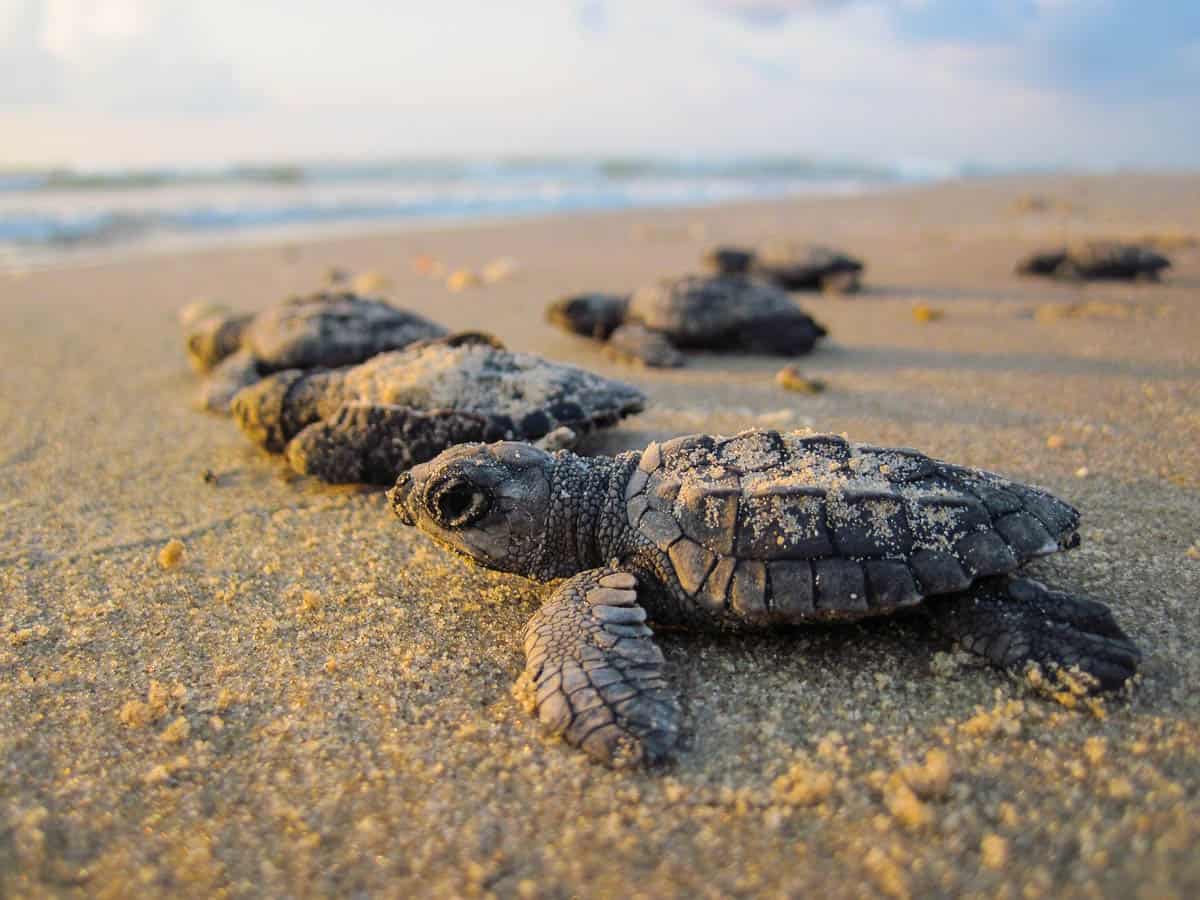
A popular spot for camping and turtle watching in Trinidad and Tobago beaches, Paria Bay can only be reached by hiking or by boat. The sea can be choppy, making it ideal for ocean kayaking, but not swimming. For hikers needing to cool off after a nearly 2-hour hike to Paria Bay, the water is calmer on the eastern side of the beach where the river runs into the sea or in a nearby waterfall. Natural arches formed by erosion from the strong surf can be seen at the western end of Paria Bay. Turtle Rock, a small rocky peninsula named after its shape similar to the head of a sea turtle, can also be seen during the hike to the beach.
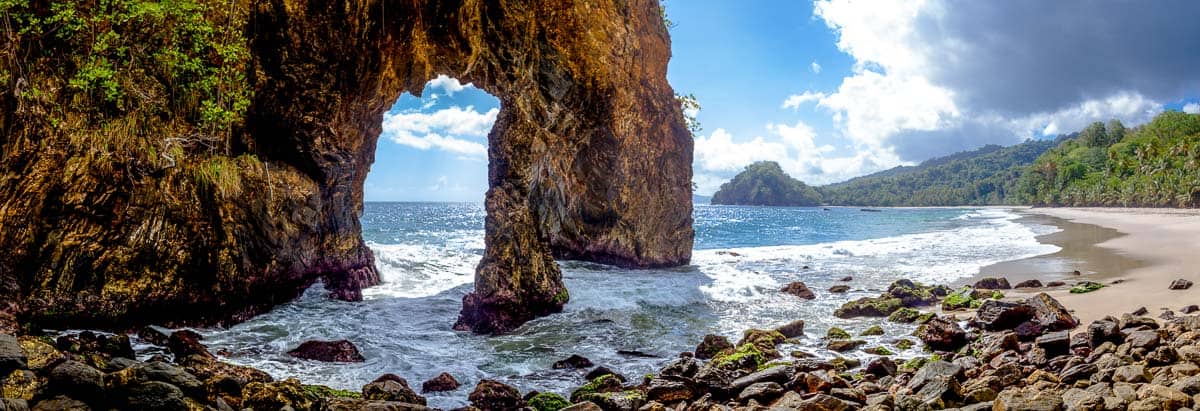
BEST TRINIDAD AND TOBAGO BEACHES
Destination Guide
RAINFALL
Trinidad and Tobago beaches have a tropical climate making it hot year-round with little variation in seasons. There is a rainy season in Trinidad and Tobago beaches during the months of June to December. The dry season runs from January to mid-April.
The most rainfall is usually recorded between May to December. But the highest average rainfall comes in June, July, and August during the hot summer months. The driest months are February, March, and April.
Average yearly rainfall in the capital, Port of Spain, is around 67 inches (17,000 mm). These rainfall averages are among the highest in not only the Caribbean but in the world. In Scarborough on the island of Tobago, the yearly average rainfall is 60 inches (1,500mm).
TEMPERATURE
The sea temperature in Trinidad and Tobago beaches is warm throughout the year, making it a great place to swim or sunbathe. Between the months of February and March, the average water temperature is 79°F (26°C) and up to 84°F (29°C) in September.
The tropical climate in Trinidad and Tobago beaches produces warm temperatures year-round, but the northeast tradewinds also blow year-round, providing a gentle breeze to cool things down. January and February are the coldest months of the year with average maximum temperatures ranging between 88 to 90 °F (31 to 32 °C) and average minimum temperatures of 68 °F (20 °C).
September and October are considered the warmest months in Trinidad and Tobago beaches. The average maximum temperature is 90 °F (32 °C), and the average minimum temperature of 73 °F (23 °C).
BEST BEACH MONTHS
Trinidad and Tobago beaches warm tropical climate is perfect for beachgoers anytime during the year. If you want to avoid the rainy season, you will want to travel during the months of January through April when it is the dry season. The air and sea temperatures are warm enough to enjoy beach activities no matter the time of year, and the northeast tradewinds provide a gentle breeze year-round.
The most popular months for tourists who come to enjoy the beaches on both islands are February, March, and April when they flock to paradise to avoid the cold weather in their home countries. In February, the beaches are a hot spot for carnival revelers cooling down after a long day, or night, of partying to the sounds of Soca and Calypso music.
Because of the islands’ southerly location, Trinidad and Tobago beaches are primarily out of the path of hurricanes during the Atlantic Hurricane Season. Scuba divers frequent the island even during the rainy summer and hurricane seasons because of the flat sea conditions and excellent marine life.
The Trinidad and Tobago beaches are not only a hot spot for tourists, but locals also enjoy the beautiful beaches on the islands they call home. Tobago is an ideal weekend getaway or vacation destination for Trinidadians because it is just a short plane ride or ferry from Port of Spain. The calm turquoise seas of Tobago are a perfect place to spend free time for any beach lover.
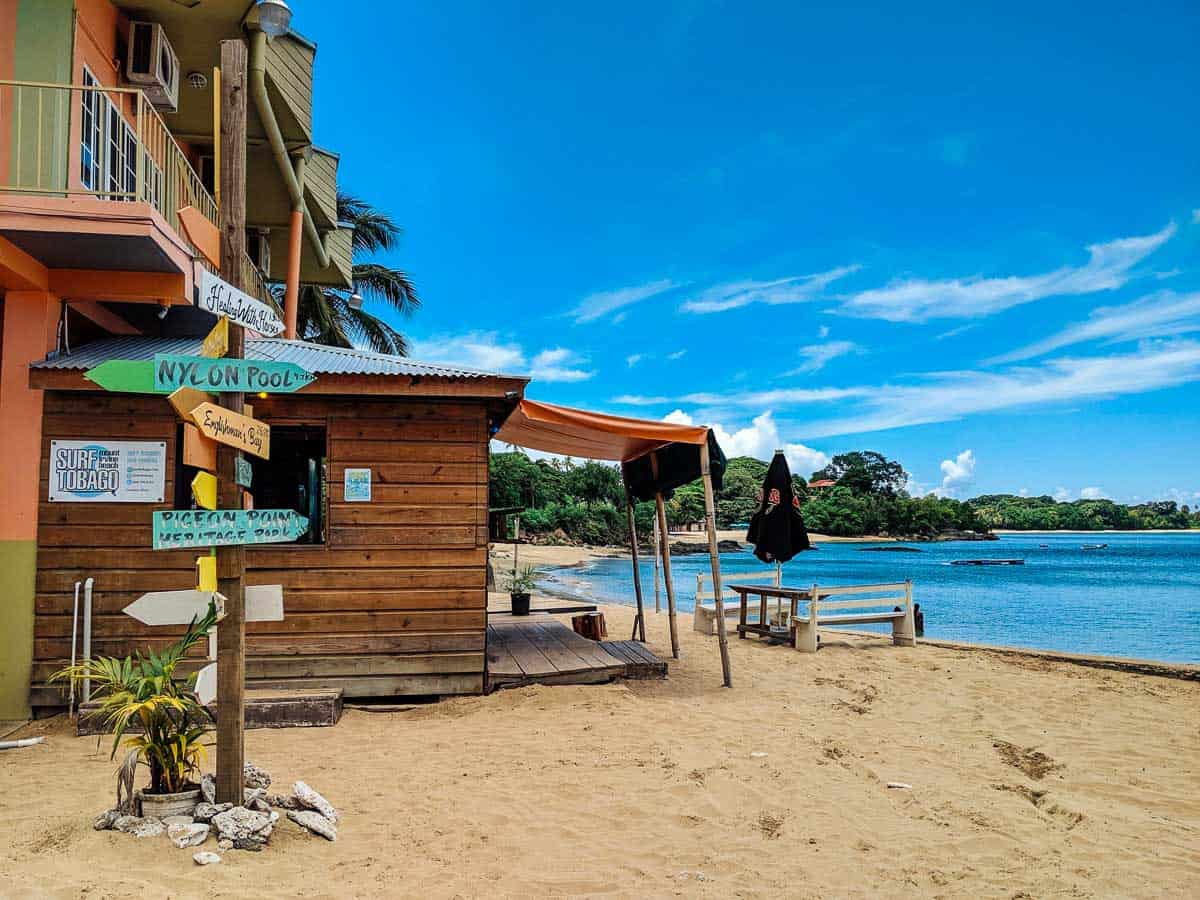
BEST TRINIDAD AND TOBAGO BEACHES
Traveler's Guide
TIME ZONE: Atlantic Standard Time (GMT-4)
CURRENCY: Trinidad and Tobago Dollar (TTD) 1 = .15 USD
CALLING CODE: +868
ELECTRIC VOLT: 115 V
PLUG TYPE: A and B
MAIN AIRPORT: Piarco International Airport (POS) and A.N.R. Robinson International Airport (TAB)
BEST TRINIDAD AND TOBAGO BEACHES
FAQs
1. What is the best Trinidad and Tobago beaches?
The best Trinidad and Tobago beaches may depend on the types of activities you like to enjoy at the beach. The highest-rated beach in Trinidad is Maracas Bay, which is famous for surfing, watersports, and the local street food “shark and bake.” The top-rated beach in Tobago is Pigeon Point Heritage Park – a picturesque beach, perfect for swimming, relaxing, or having a nice lunch by the Caribbean Sea. With the Caribbean hailing as a premier cruise destination and Scarborough Cruise Port so nearby, Pidgeon Point is incredibly popular amongst cruise travelers. If you are looking for a more secluded beach with an added hiking or camping adventure, Pirate’s Bay or Paria Bay may be the best beaches for you. Snorkeling in Trinidad is not quite as popular as snorkeling in Tobago, but it is possible at some beaches. Trinidad beaches can have higher surf than Tobago beaches.
2. What is the water temperature of the Trinidad and Tobago beaches?
The water temperature in Trinidad and Tobago beaches is quite warm. The warm sea temperatures attract swimmers and sea bathers to the beaches year-round. During the cooler months of January and February, the water temperature is 79°F (26°C) and reaches 84°F (29°C) in September which is the hottest month in Trinidad and Tobago beaches. Because the water is warm year-round, the Trinidad and Tobago beaches are popular hangouts for locals and tourists for sunbathing, swimming, snorkeling, boat tours, scuba diving, and surfing.
3. Which side of Barbados has the best beaches?
The west coast of Barbados is known as the “Platinum Coast” due to the warm turquoise waters of the Caribbean Sea. The west coast of Barbados has long stretches of white sand beaches and calm waters perfect for water activities. From the west coast of Barbados, Tobago is just 156 miles southwest. Sailors make the trip between the two islands and often see pods of dolphins or even whales during the crossing from island to island. From Barbados, visitors can take a short flight to Trinidad then hop over to Tobago in less than a couple of hours. Trinidad and Tobago beaches are also a popular choice for Barbadians when choosing a vacation destination due to its close proximity by air or sea.
4. Are Trinidad and Tobago beaches safe?
In Trinidad, there is a high level of violent gang-related crime. This mostly occurs in the inner city neighborhoods of Port of Spain, so these areas should be avoided, especially at night or in the early morning. These crimes rarely involve visitors and more focused on the local community. There is a higher risk for crime during the carnival season. In Tobago, violent crime incidents are infrequent, but there have been a few instances of robbery in recent years. When traveling to Trinidad and Tobago beaches, maintain the same awareness and security of your belongings as you would in your home country. Do not carry large amounts of cash, wear flashy jewelry, or store valuables in your vehicle.
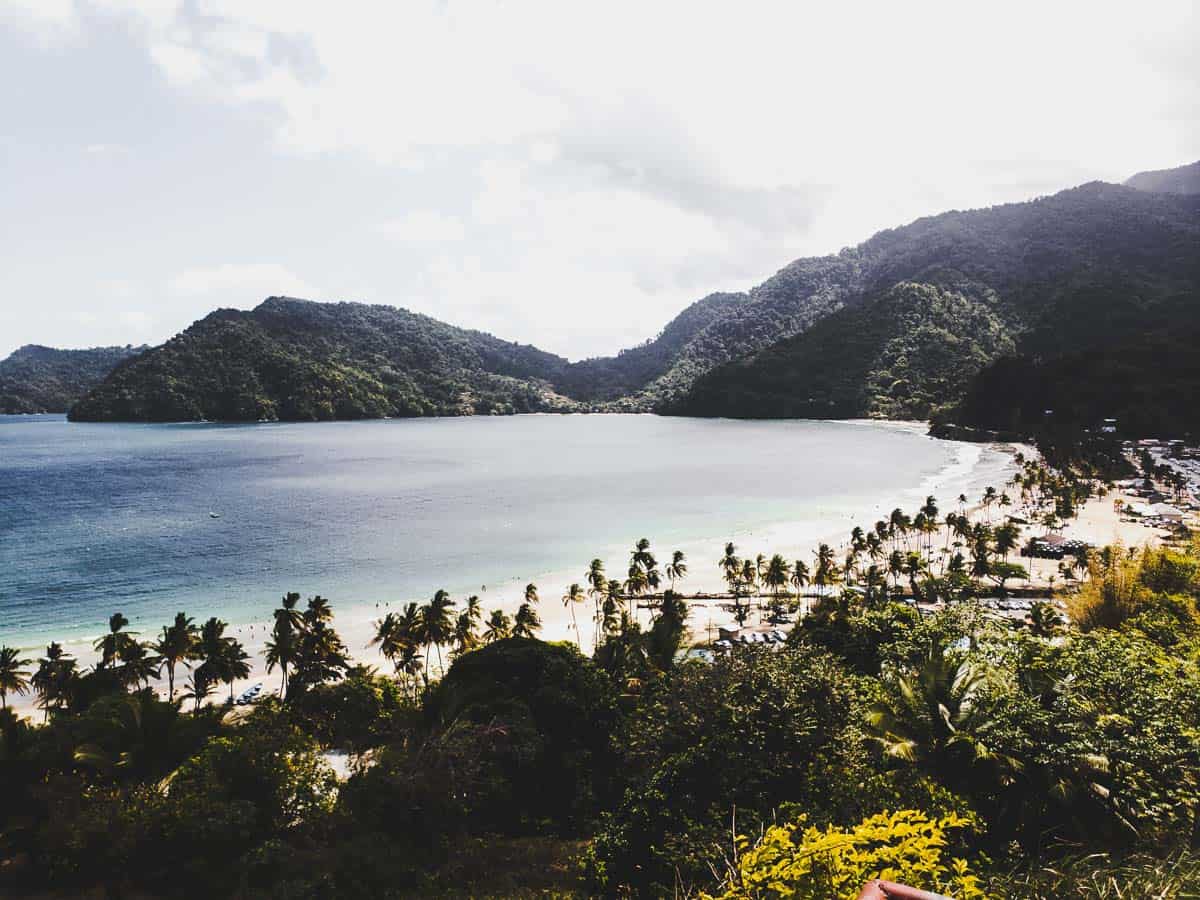
REACH OUT


